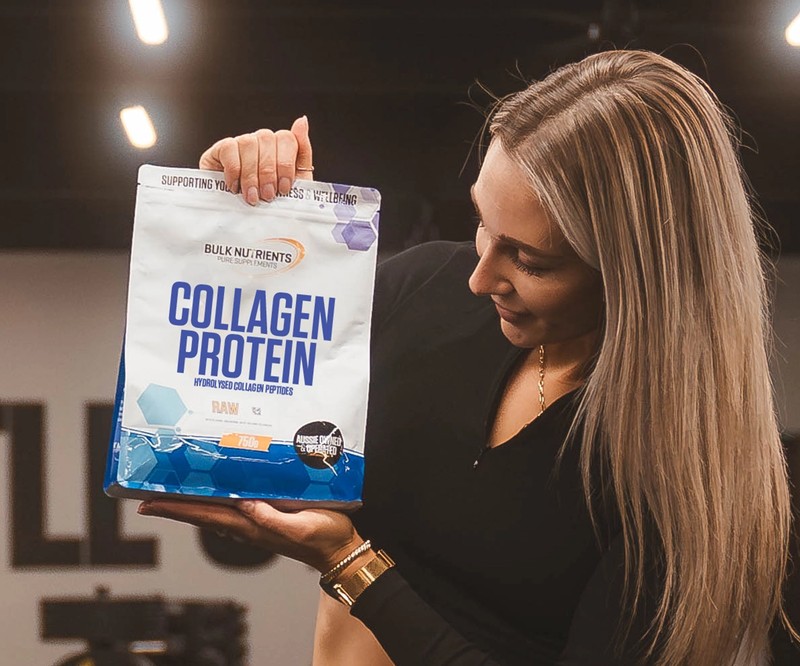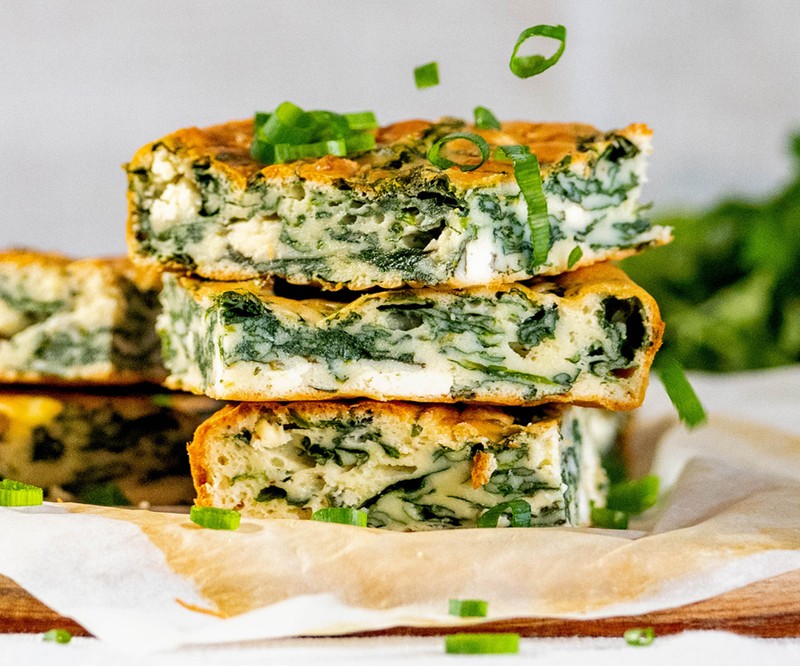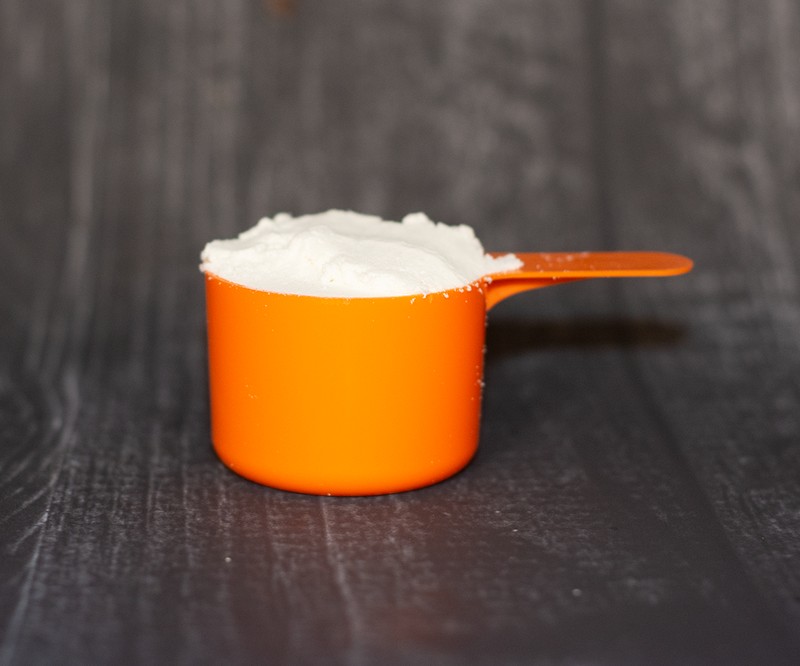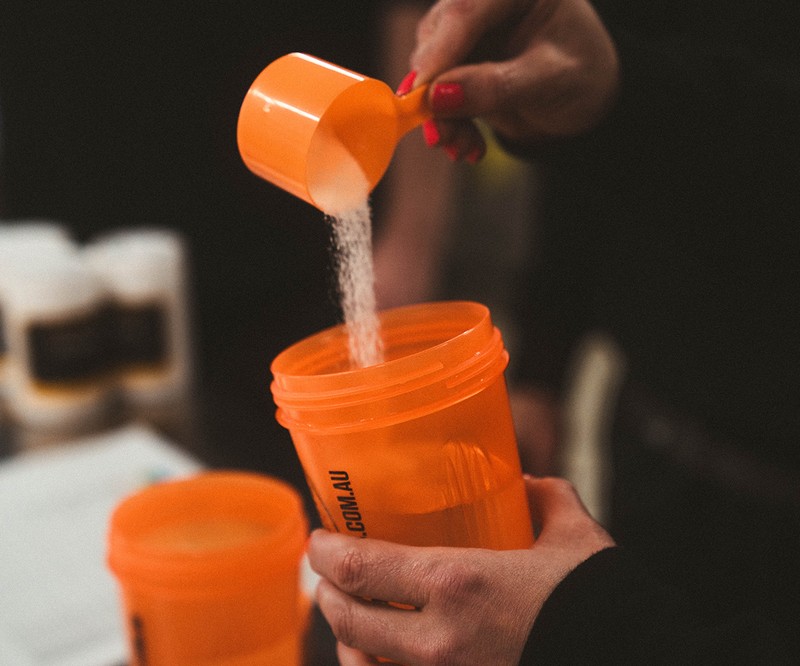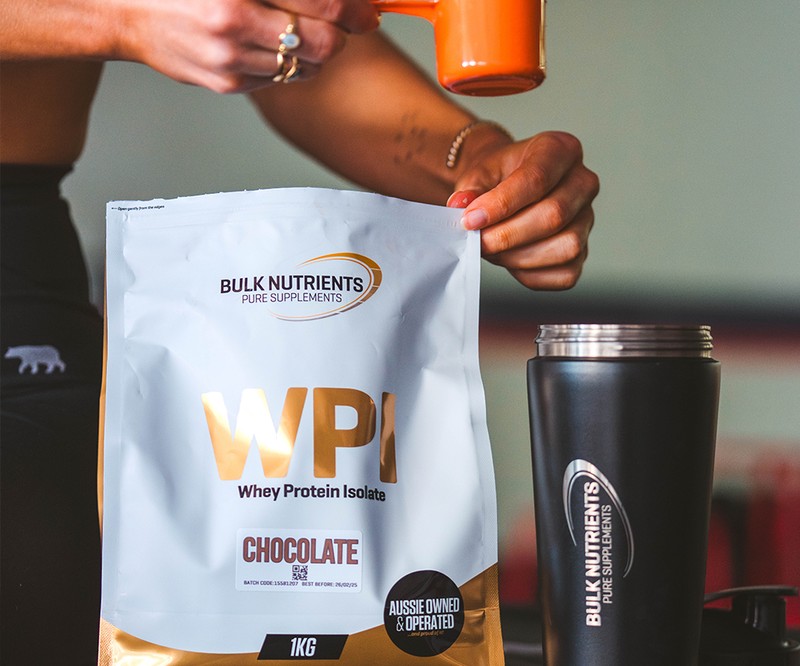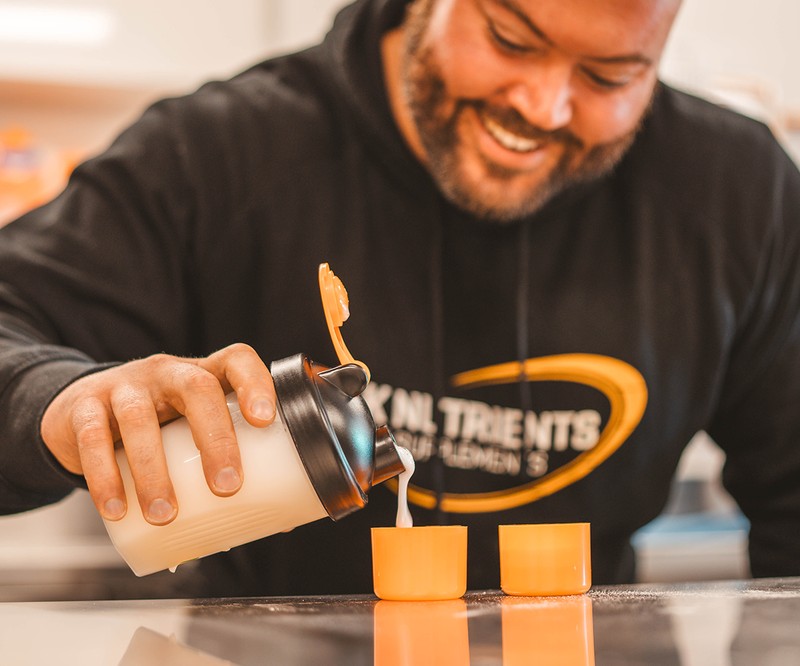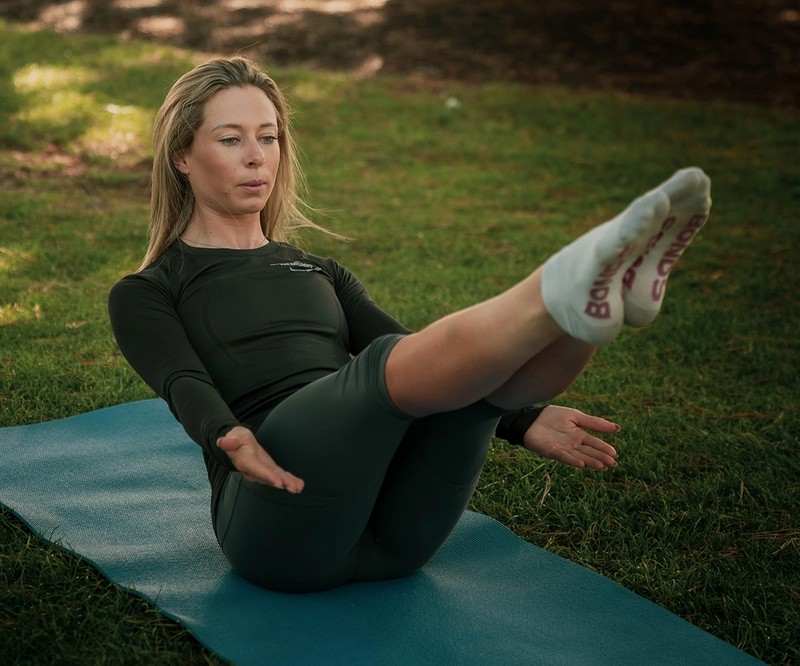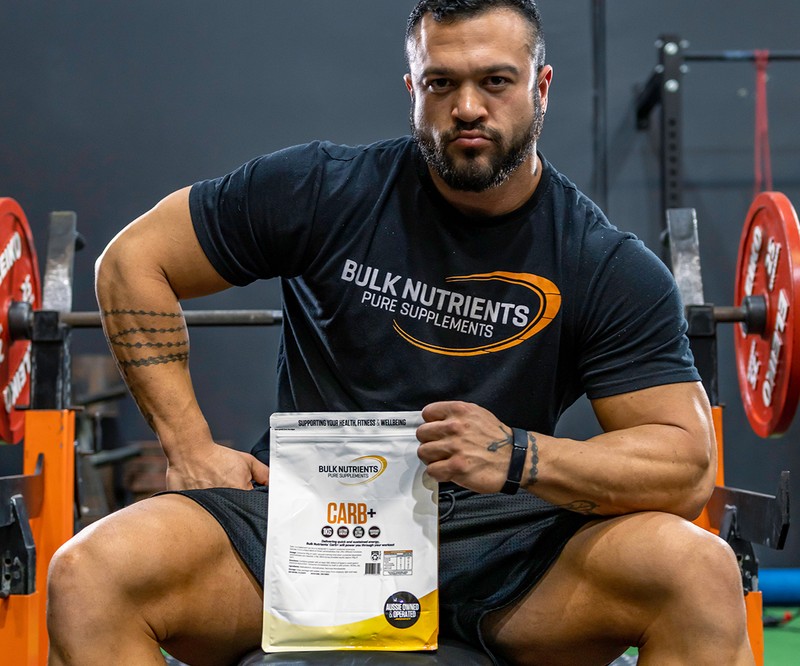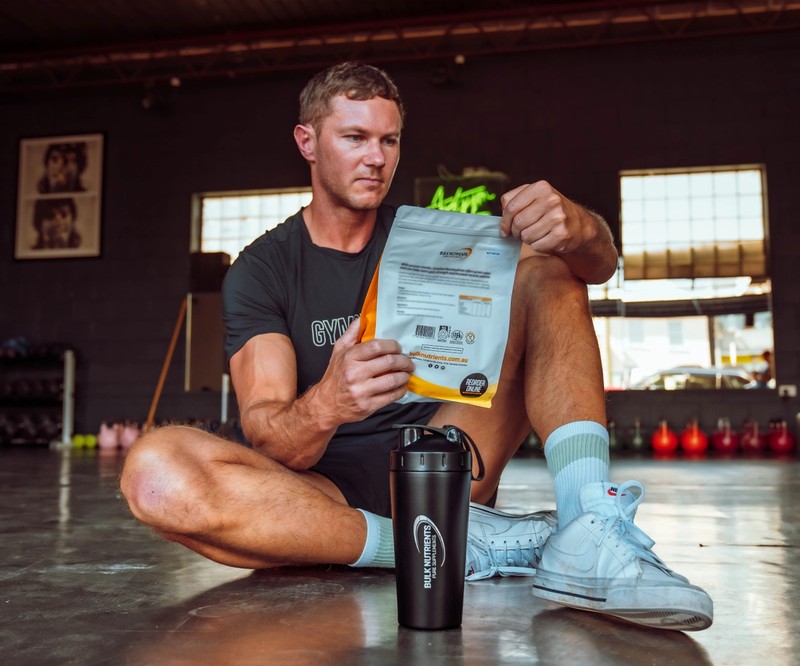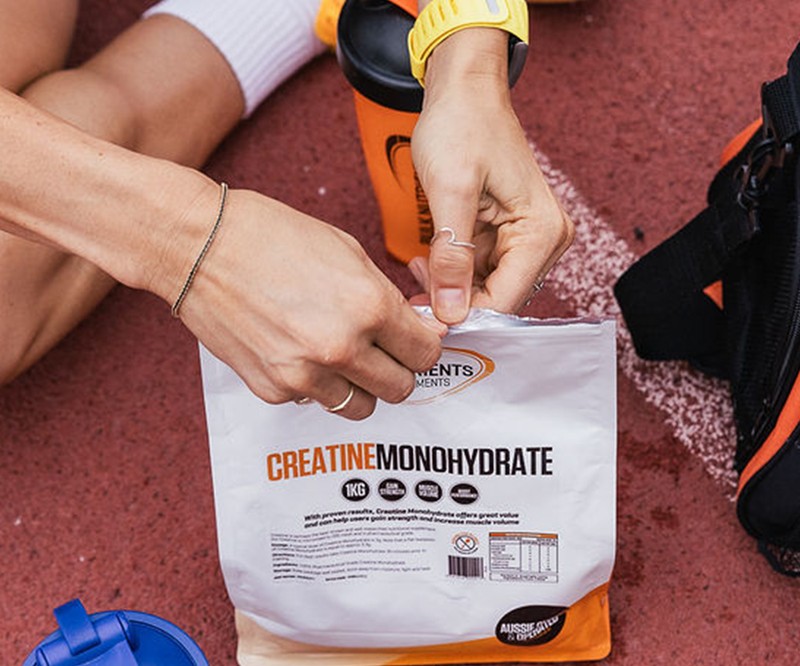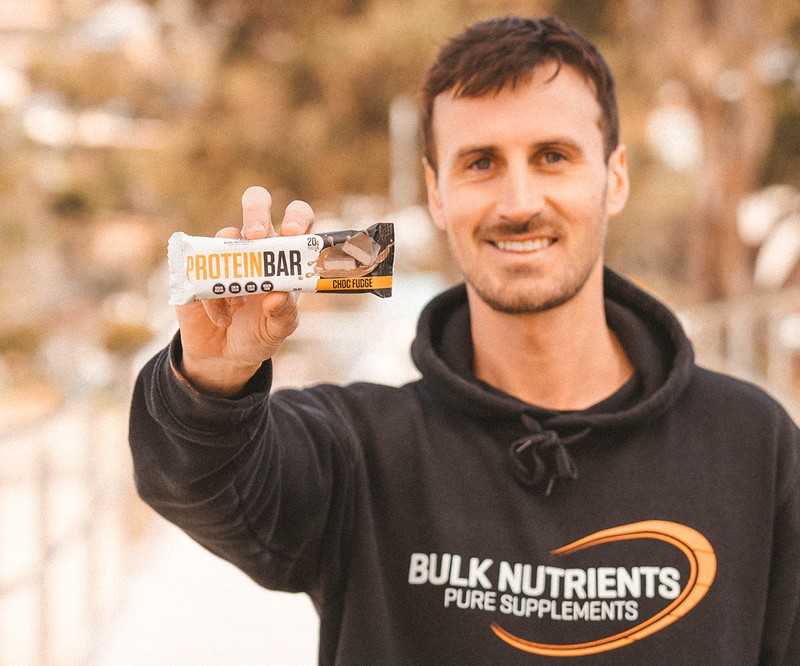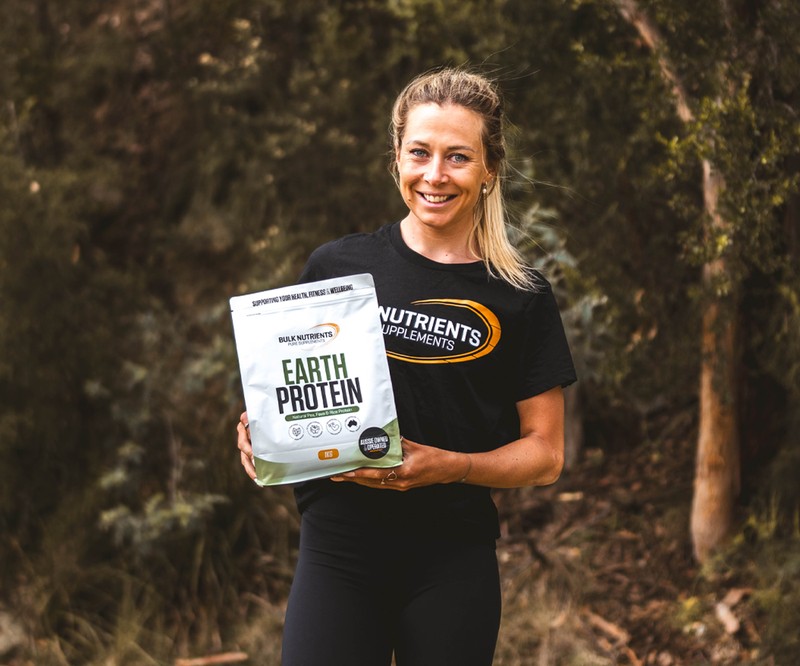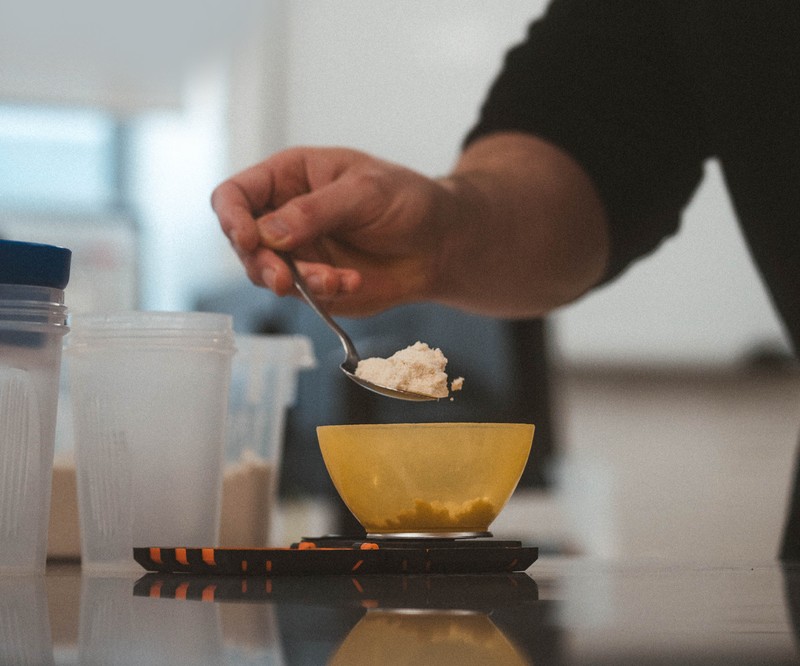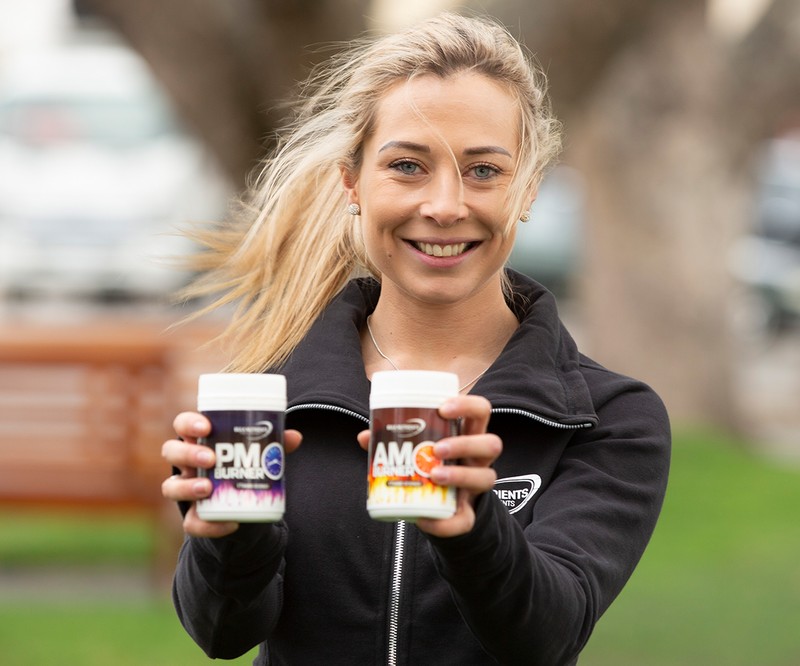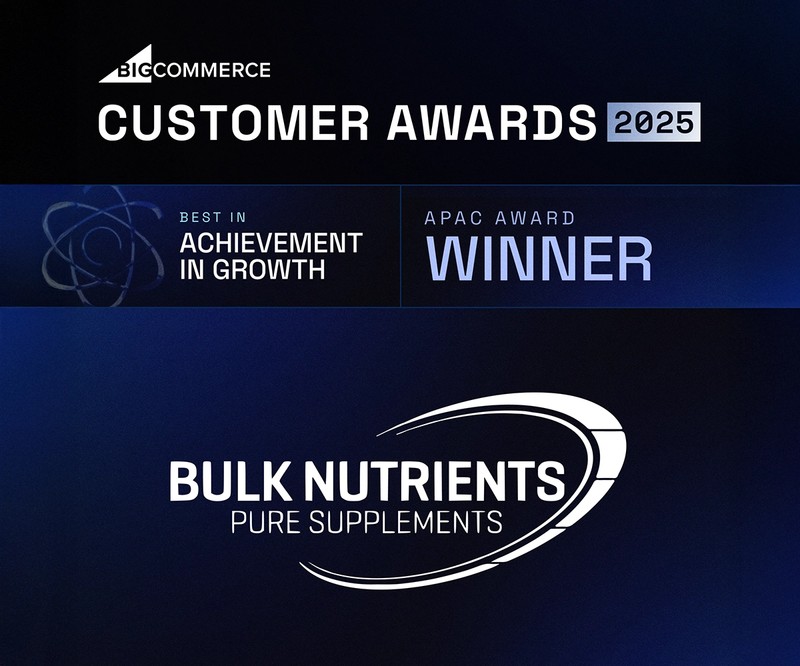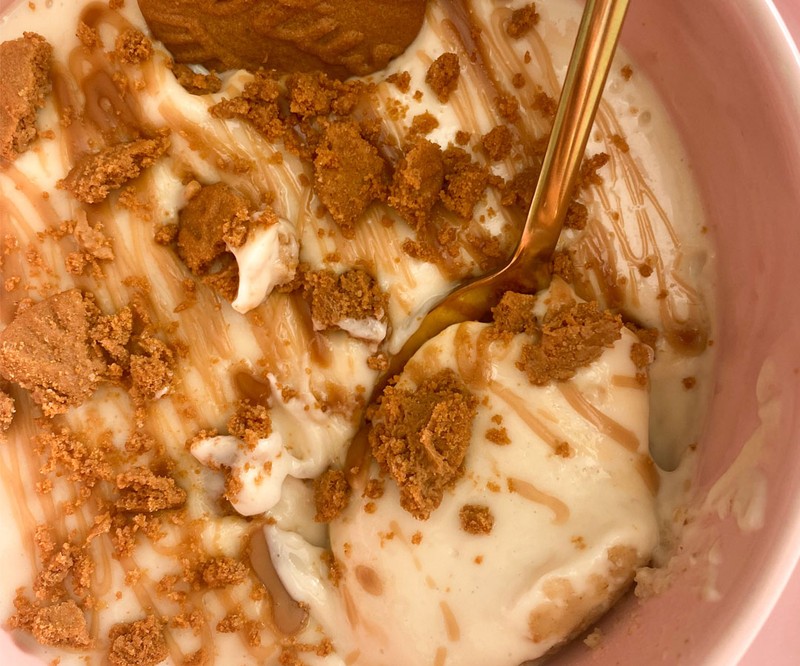The Three Principles of Muscle Growth
The Basics of Muscle Growth
Starting the journey towards muscle growth can often feel like you're working your way through a hedge maze, but understanding the science behind the process can serve as the light that guides you to reach your goals.
By learning the three principles for muscle growth and incorporating them into your workouts, you can optimise your efforts at the gym and pave the way towards maximum muscle growth.
Let's unravel the science and technique behind each principle to ensure your sweat and determination yield the best possible results.
The Three Principles of Muscle Growth
The following is a brief overview of the three core principles of muscle growth: Mechanical Tension, Metabolic Stress and Muscle Damage.
- Mechanical Tension involves lifting heavy weights to create tension in the muscles, typically around 80-90% of your one rep max for around 3-5 reps.
- Metabolic Stress is achieved by doing higher reps with short rest periods, often referred to as 'the pump'.
- Muscle Damage involves varying your exercises, implementing slow negatives, and increasing your range of motion to cause micro-tears in the muscle fibres, which then repair and grow stronger.
Combining these three principles in your workout routine is the foundation for muscle growth.
Now that we've covered the basics, it's time to roll up our sleeves and dig into the first muscle-building principle - Mechanical Tension.
Get ready, things are about to get interesting!

Mechanical Tension
Mechanical tension has been very accurately described as the cornerstone of muscle growth.
Mechanical tension is created when your muscles contract to lift a weight, causing your muscle fibres to strain.
This tension signals your body to initiate processes that lead to muscle growth, making it a crucial factor in any successful strength training routine.
Research has shown high levels of mechanical tension, like those seen with high intensity resistance training, are closely associated with muscle hypertrophy - the increase in muscle size.
In contrast, low levels may contribute to preventing muscle atrophy.
For instance, the heart responds to increased workload by altering its function and increasing muscle mass, indicative of how mechanical stress can influence gene expression and muscle growth.
Balance is key - too much tension can lead to overtraining, while too little may not provide enough stimulus for growth. Therefore, incorporating periods of reduced intensity can be beneficial for maximising muscle growth.
So, whether you're lifting heavy or going for higher reps, each workout contributes to the overall mechanical tension experienced by your muscles, driving growth and progress in your fitness journey.
Now that we've unravelled the impact of mechanical tension on muscle growth, it's time to dive into another vital component of this process - Metabolic Stress.
Metabolic Stress
The second principle of muscle growth is metabolic stress, a phenomenon that plays a critical role in muscle hypertrophy - the increase in muscle cell size.
Metabolic stress occurs when muscles work hard enough to develop a build-up of by-products like lactate and hydrogen ions. This build-up creates a hostile environment within the muscle, triggering an adaptive response that leads to muscle growth.
Low-intensity resistance exercise under ischemic conditions can significantly enhance metabolic stress, which can lead to increases in muscle mass and strength.
Altitude-induced effects can influence metabolic stress and hypertrophy related factors after a resistance training session, and swim training in chlorinated pools has been linked with changes in muscle mass and energy metabolism - highlighting the diverse ways metabolic stress pathways can be triggered.
Multiple sets of low-intensity resistance exercises with blood flow restriction have also been found to induce intramuscular metabolic stress, contributing to muscle hypertrophy and strength increase.
In short, the intensity of resistance exercise and the resulting metabolic stress can activate anabolic signalling and expression of myogenic genes in skeletal muscle, ultimately leading to muscle growth.
Understanding and appropriately manipulating metabolic stress in your training can therefore be a powerful tool for maximising muscle development.
Muscle Damage
The third principle of muscle growth is damage, and although counter-intuitive, it's a vital part of the muscle growth process.
During intense exercise, microscopic damage is caused to the muscle fibres, leading to an inflammatory response. This response initiates the repair process, resulting in the growth of muscle tissue.
Exercise induced muscle damage plays a significant role in skeletal muscle hypertrophy.
When a muscle is subjected to high mechanical loads as it is in resistance training, the fibres experience something known as microtrauma.
This microtrauma triggers a series of events within the body, including inflammation and protein synthesis, which ultimately lead to an increase in muscle size.
Some studies have revealed that muscle damage can significantly affect muscular growth - for example calcineurin, a protein that mediates muscle hypertrophy, has a significant effect on muscle growth. Additionally, the greater the potential for tissue damage, the greater the potential for muscle growth.
It's important to note that while muscle damage is linked with muscle growth, excessive damage can hinder recovery and negatively impact muscle function. Therefore, it's crucial to strike a balance between inducing muscle damage and allowing adequate time for recovery and growth.
In conclusion, muscle damage is a critical component of muscle growth. By understanding this principle, you can better manipulate your workouts to maximise muscle hypertrophy.

Workout Plan for Muscle Growth
Perform at least three sets of each principle (mechanical tension, metabolic stress and muscle damage) per session for a solid muscle growth foundation.
Here’s a practical example of each principle:
Mechanical Tension:
- 3-5 reps for an experienced lifter, 6-12 reps for the inexperienced lifter
- Rest for 2-3 minutes between sets
- Lift at 90% of your 1 rep max
- Adopt strategic pauses where you'd like
Metabolic Stress:
- 12-25 reps to muscle failure
- Rest for 20-55 seconds between sets
Muscle Damage:
- 8-12 reps
- Rest for 1:30 - 2 minutes between sets
- Take 4 seconds to bring the weight down during the "negative" movement
- Mix up your lifts
- Practice an extended range of motion where applicable
Some lifters will do this instinctively, but it's easy to forget about these basic three principles.
It's also important to ensure you're getting the correct nutrition into your diet on your quest to developing muscle. Making sure you have enough protein and essential amino acids to support you during your training is important to maximise benefits. Some of the best supplements for muscle growth include protein powders, creatine, and branched-chain amino acids (BCAAs).
If you can adopt all of this into your training program as outlined above, you'll be well on your way to growing epic muscle!
Example: How to Implement These Principles into Your Training Routine
How you implement this depends on how you like to train. If you're doing full-body workouts and training legs three times a week, you could adopt the following:
- Monday - Mechanical Tension
- Wednesday - Metabolic Stress
- Friday - Muscle Damage
Or, if you're training legs (quads) once a week, you could try this:
- 5 x leg extensions (3 sets metabolic stress) (2 sets mechanical tension)
- 5 x squats (5 sets mechanical tension)
- 5 x Leg press (5 sets muscle damage)
- 3 x Lunges (3 sets metabolic stress)
In Conclusion
The three principles of muscle growth are interconnected facets of the complex process of muscle hypertrophy.
Mechanical tension, achieved through heavy weightlifting, stimulates muscle fibre recruitment, and initiates the growth process.
Metabolic stress, caused by intense exercise leading to a build-up of metabolic byproducts, triggers an adaptive response that further promotes muscle growth.
Finally, muscle damage, resulting from high-intensity workouts, causes microtrauma to the muscle fibres, instigating a repair process that ultimately leads to increased muscle size.
Each principle plays a vital role in muscle development and understanding these can help individuals optimise their workouts for maximum muscle growth.
However, it is crucial to maintain a balance!
Overemphasis on any one principle can lead to excessive stress or damage, hindering recovery and muscle function. So, it’s recommended to adopt a well-rounded approach that incorporates all three principles for maximum muscle development.
References:
- Stephen John Pearson & Syed Robiul Hussain. A Review on the Mechanisms of Blood-Flow Restriction Resistance Training-Induced Muscle Hypertrophy, 24th Sep 2014, https://link.springer.com/article/10.1007/s40279-014-0264-9
- Daniel Lawson, Christopher Vann, Brad J. Schoenfeld and Cody Haun. Beyond Mechanical Tension: A Review of Resistance Exercise-Induced Lactate Responses & Muscle Hypertrophy, 4th Oct 2022, https://doi.org/10.3390/jfmk7040081, https://www.mdpi.com/2411-5142/7/4/81
- I Komuro & Y Yazaki. Control of Cardiac Gene Expression by Mechanical Stress, Mar 1993, https://www.annualreviews.org/content/journals/10.1146/annurev.ph.55.030193.000415
- Brad J. Schoenfeld. Potential Mechanisms for a Role of Metabolic Stress in Hypertrophic Adaptations to Resistance Training, 22 Jan 2013, https://link.springer.com/article/10.1007/s40279-013-0017-1
- Shingo Takada, Koichi Okita, Tadashi Suga, Masashi Omokawa, Tomoyasu Kadoguchi, Takashi Sato, Masashige Takahashi, Takashi Yokota, Kagami Hirabayashi, Noriteru Morita, Masahiro Horiuchi, Shintaro Kinugawa, and Hiroyuki Tsutsui Show. Low-intensity exercise can increase muscle mass and strength proportionally to enhanced metabolic stress under ischemic conditions, 15 Jul 2012, https://doi.org/10.1152/japplphysiol.00149.2012, https://journals.physiology.org/doi/abs/10.1152/japplphysiol.00149.2012
- Belen Feriche, Brad J. Schoenfeld, Juan Bonitch-Gongora, Blanca de la Fuente, Filipa Almeida, Javier Argüelles, Cristina Benavente & Paulino Padial. Altitude-induced effects on muscular metabolic stress and hypertrophy-related factors after a resistance training session, 18 Nov 2019, https://doi.org/10.1080/17461391.2019.1691270, https://www.tandfonline.com/doi/abs/10.1080/17461391.2019.1691270
- Jiang-Hua Li, Zhi-Hui Wang, Xiao-Juan Zhu, Zhao-Hui Deng, Can-Xin Cai, Li-Qiang Qiu, Wei Chen, Ya-Jun Lin. Health Effects from Swimming Training in Chlorinated Pools and the Corresponding Metabolic Stress Pathways, 5th Mar 2015, https://doi.org/10.1371/journal.pone.0119241, https://journals.plos.org/plosone/article?id=10.1371/journal.pone.0119241
- Tadashi Suga, Koichi Okita, Shingo Takada, Masashi Omokawa, Tomoyasu Kadoguchi, Takashi Yokota, Kagami Hirabayashi, Masashige Takahashi, Noriteru Morita, Masahiro Horiuchi, Shintaro Kinugawa & Hiroyuki Tsutsui. Effect of multiple set on intramuscular metabolic stress during low-intensity resistance exercise with blood flow restriction, 14th Mar 2012, https://link.springer.com/article/10.1007/s00421-012-2377-x
- A.D Bach MD, J Stern-Straeter, J.P Beier, H Bannasch MD, G.B Stark MD. Engineering of muscle tissue, Oct 2003, DOI:https://doi.org/10.1016/S0094-1298(03)00077-4, https://www.plasticsurgery.theclinics.com/article/S0094-1298(03)00077-4/abstract
- Brad J Schoenfeld. Does Exercise-Induced Muscle Damage Play a Role in Skeletal Muscle Hypertrophy?, May 2012, DOI: 10.1519/JSC.0b013e31824f207e, https://journals.lww.com/nsca-jscr/Fulltext/2012/05000/Does_Exercise_Induced_Muscle_Damage_Play_a_Role_in.37.aspx
- Sasha Bogdanovich, Thomas O B Krag, Elisabeth R Barton, Linda D Morris, Lisa-Anne Whittemore, Rexford S Ahima & Tejvir S Khurana. Functional improvement of dystrophic muscle by myostatin blockade, 28th Nov 2002, https://www.nature.com/articles/nature01154
- Brad Schoenfeld. Repetitions and Muscle Hypertrophy, Dec 2000, https://journals.lww.com/nsca-scj/citation/2000/12000/repetitions_and_muscle_hypertrophy.17.aspx
- Tero A H Järvinen MD PhD, Teppo L N Järvinen MD PhD, Minna Kääriäinen MD PhD, Hannu Kalimo MD PhD and Markku Järvinen MD PhD. Muscle Injuries: Biology and Treatment, May 2005, https://doi.org/10.1177/0363546505274714, https://journals.sagepub.com/doi/abs/10.1177/0363546505274714
Related Blogs

Why You Need a Deload Week for Maximum Muscle Growth
Posted by Bulk Nutrients
Estimated reading time: 5 minutes

How Long Should I Rest Between Sets for Strength?
Posted by Nick Telesca
Estimated reading time: 5 minutes

Training for Maximum Muscle Growth Explained
Posted by Bulk Nutrients
Estimated reading time: 13 minutes




